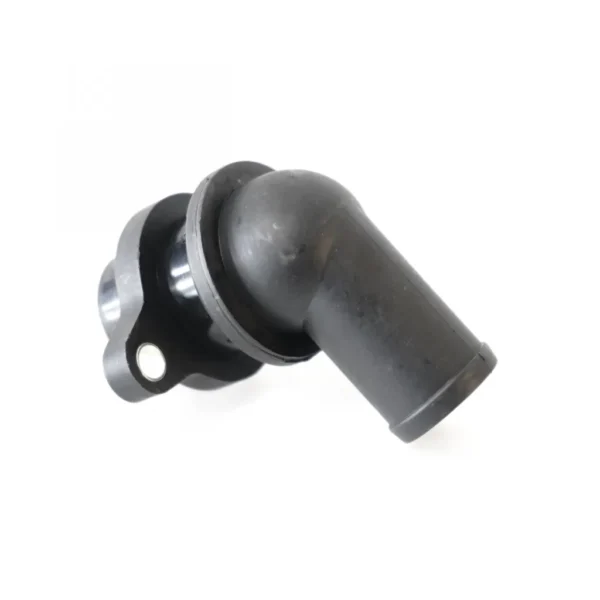Chronic pain affects millions of people worldwide, significantly impacting their quality of life. Unlike acute pain, which is a direct response to injury or illness and typically resolves with time, chronic pain persists for months or even years, often without a clear underlying cause. Understanding chronic pain and exploring various paths to relief can empower those suffering to regain control over their lives.
What Is Chronic Pain?
Chronic pain is defined as pain that lasts longer than three months. It can arise from various conditions, including arthritis, fibromyalgia, nerve damage, and post-surgical pain. Chronic pain can manifest in many forms, including sharp, dull, throbbing, or aching sensations. It may also be accompanied by other symptoms, such as fatigue, sleep disturbances, and mood changes, making it a complex condition to manage.
Causes of Chronic Pain
Understanding the underlying causes of chronic pain is essential for effective treatment. Some common causes include:
Injuries: Past injuries may lead to ongoing pain even after the initial injury has healed.
Medical Conditions: Conditions like arthritis, diabetes, and fibromyalgia can cause chronic pain.
Nerve Damage: Conditions that affect the nervous system, such as multiple sclerosis or neuropathy, can lead to chronic pain.
Psychological Factors: Stress, anxiety, and depression can exacerbate the perception of pain.
Paths to Relief
Finding effective relief from chronic pain often requires a multi-faceted approach tailored to the individual’s needs. Here are several paths to consider:
1. Medications
Medications can be an essential part of managing chronic pain. Options include:
Over-the-Counter Pain Relievers: Nonsteroidal anti-inflammatory drugs (NSAIDs) like ibuprofen and acetaminophen can provide temporary relief.
Prescription Medications: Depending on the severity and type of pain, doctors may prescribe stronger medications, including opioids, muscle relaxants, or antidepressants.
Topical Treatments: Creams, gels, or patches that contain analgesics can be applied directly to the skin to help manage localized pain.
2. Physical Therapy
Physical therapy is often recommended for individuals with chronic pain. A trained physical therapist can develop a personalized exercise program that focuses on strengthening muscles, improving flexibility, and promoting mobility. This approach not only helps reduce pain but also enhances overall function and quality of life.
3. Cognitive Behavioral Therapy (CBT)
CBT is a psychological approach that helps individuals change negative thought patterns and behaviors related to pain. This therapy can be beneficial in managing the emotional aspects of chronic pain, reducing anxiety, and improving coping strategies.
4. Mind-Body Techniques
Integrating mind-body techniques into pain management can be effective. Practices such as mindfulness meditation, yoga, and tai chi can help reduce stress and improve overall well-being. These approaches foster a deeper connection between mind and body, enabling individuals to manage pain more effectively.
5. Alternative Therapies
Many individuals find relief through alternative therapies, which can complement traditional treatments:
Acupuncture: This traditional Chinese medicine technique involves inserting thin needles into specific points on the body, promoting pain relief and relaxation.
Massage Therapy: Therapeutic massage can help alleviate muscle tension, improve circulation, and promote relaxation, contributing to pain relief.
Chiropractic Care: Chiropractors focus on the musculoskeletal system and can provide adjustments and other treatments to address pain.
6. Lifestyle Modifications
Making certain lifestyle changes can significantly impact chronic pain management:
Regular Exercise: Engaging in regular, low-impact exercise can improve strength, flexibility, and overall physical health, reducing pain over time.
Healthy Diet: A balanced diet rich in anti-inflammatory foods—such as fruits, vegetables, whole grains, and healthy fats—can support overall health and potentially reduce pain levels.
Sleep Hygiene: Prioritizing quality sleep is crucial. Establishing a consistent sleep routine and creating a restful sleep environment can help improve sleep quality and reduce pain perception.
7. Interventional Procedures
For some individuals, interventional procedures may be necessary. Options include:
Nerve Blocks: These involve injecting anesthetics or steroids around specific nerves to alleviate pain.
Epidural Steroid Injections: This procedure can help reduce inflammation and pain in the spine.
Implantable Devices: In certain cases, devices such as spinal cord stimulators may be implanted to help manage chronic pain.
8. Support Networks
Chronic pain can be isolating, making it essential to seek support. Joining support groups or connecting with others facing similar challenges can provide emotional relief and practical advice. Sharing experiences can foster a sense of community and understanding.
Conclusion
Chronic pain is a complex and often debilitating condition, but there are numerous paths to relief. A multi-faceted approach that includes medication, physical therapy, psychological support, lifestyle changes, and alternative therapies can empower individuals to manage their pain effectively. It’s important to work closely with healthcare providers to develop a personalized treatment plan tailored to individual needs and preferences. With the right strategies and support, those living with chronic pain can find ways to improve their quality of life and reclaim their well-being.

















